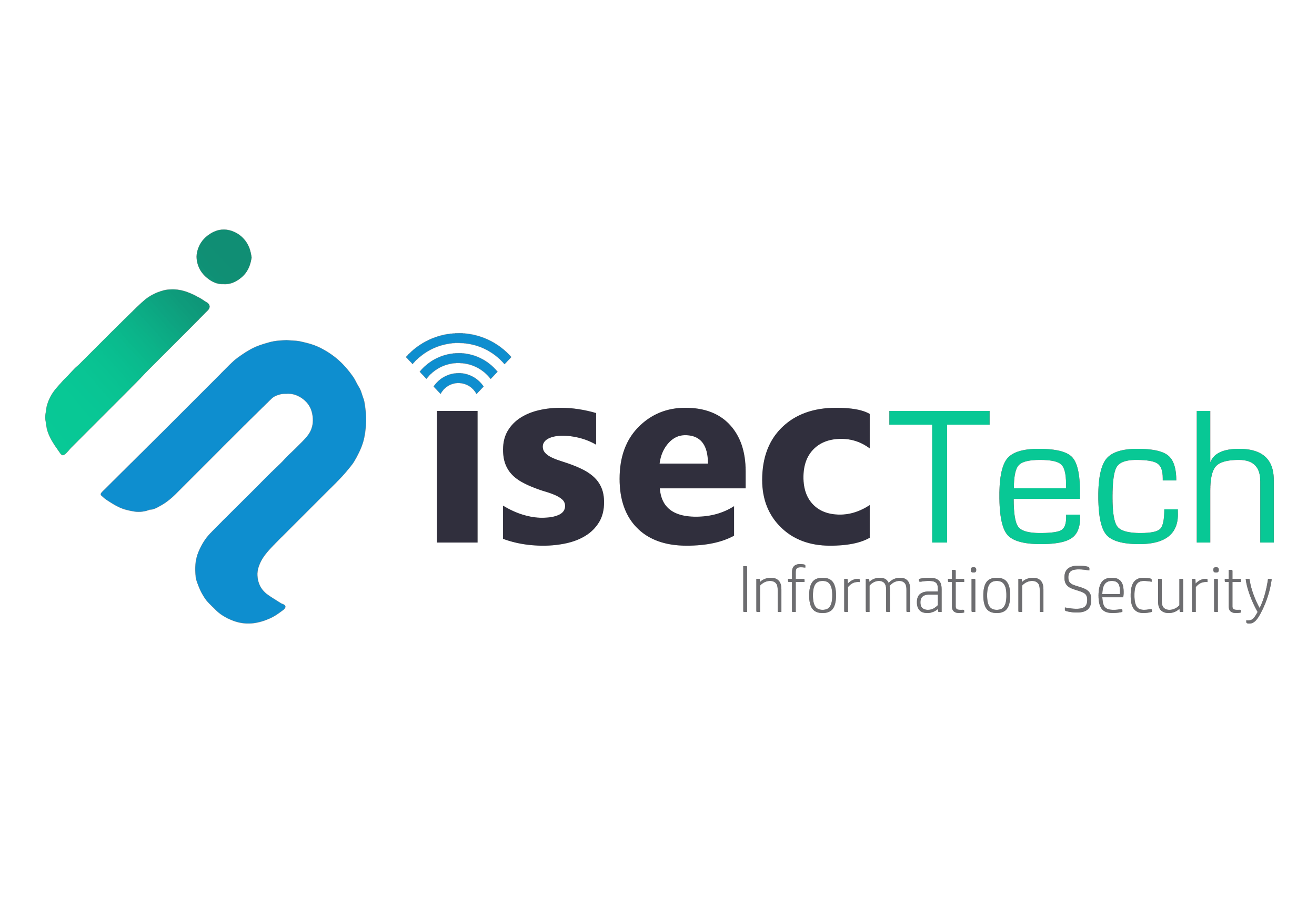In the realm of network security, ensuring that only authorized individuals have access to your network resources is crucial. One robust method to control this access is through the use of 802.1X authentication. This standard provides a framework for network access control, making it a linchpin for secure network communication. In this post, we’ll delve into what 802.1X authentication is, and highlight its advantages in bolstering network security.
Understanding 802.1X Authentication
802.1X is a standard for port-based Network Access Control (PNAC) that is part of the IEEE 802.1 group of networking protocols. It provides an authentication mechanism to devices wishing to attach to a LAN or WLAN.
Here’s a simplified breakdown of how it operates:
-
- Supplicant: The entity that wishes to gain access to the network. This could be a computer, smartphone, or any other network-enabled device.
- Authenticator: A network device such as a switch or wireless access point that acts as a gatekeeper, controlling physical access to the network based on the authentication status.
- Authentication Server: A server that validates the credentials provided by the supplicant. It communicates with the authenticator to allow or deny network access to the supplicant.
Advantages of 802.1X Authentication
-
- Network Access Control: By necessitating authentication before network access, 802.1X effectively acts as a first line of defense against unauthorized access.
- Dynamic VLAN Assignment: Post authentication, 802.1X can dynamically assign users to specific VLANs based on their credentials, allowing for granular control over network resources and better segmentation.
- Enhanced Security: The standard supports a variety of authentication methods, including token-based and certificate-based authentication, ensuring a high level of security.
- Scalability: 802.1X is scalable to accommodate a growing number of users and devices, making it suitable for both small networks and large enterprise environments.
- Centralized Authentication: Centralized authentication servers such as RADIUS or TACACS+ can be used, simplifying the management and monitoring of network access.
- Compliance Adherence: Employing 802.1X can help organizations adhere to compliance requirements that mandate strong network access control.
- Reduced Attack Surface: By limiting network access to authorized entities, the attack surface is significantly reduced, mitigating the risk of internal and external threats.
802.1X authentication provides a solid foundation for securing network access in a controlled and manageable manner. By understanding and effectively leveraging 802.1X, organizations can significantly enhance their network security posture, creating a more resilient and protected network environment.

